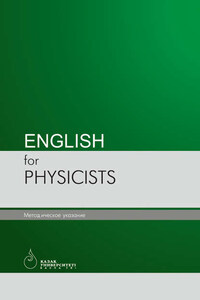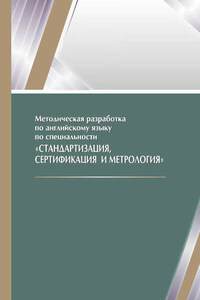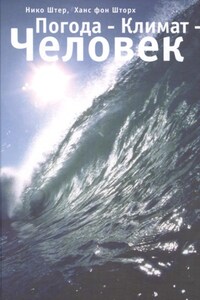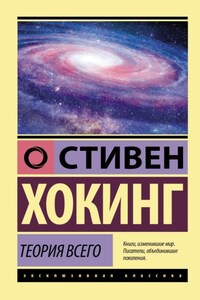The present teaching manual is designated for learners of Pre-Intermediate/Intermediate levels studying at higher educational institutions.
The aim of the manual is to teach students how to extract information from the text, to understand its main content and to develop elementary skills of speaking on speciality.
The teaching manual includes fourteen texts followed by exercises, texts for supplementary reading, lexical-grammar tests and description of the technique of working at texts.
The work on vocabulary and phrases from the text assumes removal of some difficulties when working at the text. The way of introducing grammar makes it possible to facilitate the work at certain speech tasks. Other types of exercises include word formation, choice of synonyms and antonyms, substitution tables, filling the gaps, translation from English into Russian/Kazakh and from Russian/Kazakh into English and answering the questions.
The purpose of primary reading is to understand the main content of the text, which develops some skills of a purposeful intelligent reading.
It is not recommended to translate the text in details as sometimes it is not considered as one of the effective ways of working at the text. The work before reading the text and translation of some sentences considerably facilitate the process of mastering the language material.
Control and choice of texts for independent work are carried out at a teacher’s discretion.
At the final stage of work it is possible to speak on the topic chosen by learners or a teacher.
Vocabulary
notation n. – система представления чисел;
to relate (to) v. – 1) устанавливать связь; (to, with – между чем-л.);
2) быть связанным;
3) относиться, иметь отношение;
solid a. – 1) твердый, плотный; сплошной; n твердое тело;
– solution твердый раствор;
measurement n. – измерение;
vary a. – 1) менять; 2) меняться; 3) изменяться;
tremendously adv. – 1) очень сильно; 2) чрезвычайно;
to denote v. – обозначать;
cumbersome a. – громоздкий; трудоемкий;
scale n. – масштаб;
insulating layer – изолирующий слой затвора;
integrated circuits – интегральная схема;
power n. – мощность; производительность; степень;
lose track – потерять счет;
to deal with v. – иметь дело (чем-л.; с кем-л.);
decimal – десятичный;
significant digit /figure – значащая цифра;
multiplied by – умножать на;
value n. – ценность; важность; полезность; значение; смысл;
to convert v. – преобразовать;
in essence – в сущности, по существу;
to add v. – добавить; прибавить; суммировать;
I. Practice pronunciation of the following words:
physics ['fɪzɪks] decimal ['desɪməl ]
mathematics [ 'mæθə'mætɪks] equal ['i: kwəl ]
efficiently [ɪ'fɪʃntlɪ] convert [ kən'vɜ:t ]
accurately ['ækjʊrɪtlɪ] assume [ ə'sju: m ]
measurement ['meʒəmənt] digit ['dɪdʒɪt ]
cumbersome ['kʌmbəsəm] radius ['reɪdiəs ]
circuit ['sɜ:kɪt] significant [ sɪɡ'nɪfɪkənt ]
II. Read and translate the words having the same root
Physics – physicists – physical, science – scientist – scientific, relate – relation – related, multiply – multiplied, move – movement, add – addition – added, thick – thickness, integrate – integrative – integrated, assume – assumption – assumed, equal – equality.
III. Match the words in the left column with its antonym in the right column
IV. Find in the text the equivalents of the following word combinations and write them out.
1) тесно связаны
2) обозначения больших и маленьких чисел
3) значащие цифры
4) правильное значение
5) вернуться к исходному значению
6) записать это в научной системе представления чисел
7) умножить число на некоторую степень
8) использовать отрицательные степени
9) получить конечное значение
10) переместить десятичный знак
V. Give the degrees of comparison of the following words
Vary, difficult, high, large, long, useful, small, much, many, easy, little, significant, original, final.
VI. Read and translate the text
Scientific Notation
Although physics and mathematics aren't the same thing, they are in many ways closely related. Just like English is the language of this content, mathematics is the language of physics. A solid understanding of a few simple math concepts will allow us to communicate and describe the physical world both efficiently and accurately.
Because measurements of the physical world vary so tremendously in size (imagine trying to describe the distance across the United States in units of hair thicknesses), physicists often times use what is known as scientific notation to denote very large and very small numbers. These very large and very small numbers would become quite cumbersome to write out repeatedly. Imagine writing 4,000,000,000,000 over and over again. Your hand would get tired and your pen would rapidly run out of ink! Instead, it's much easier to write this number as 4×10>12. See how much easier that is? Or on the smaller scale, the thickness of the insulating layer (known as a gate dielectric) in the integrated circuits that power our computers and other electronics can be less than 0.000000001 m. It's easy to lose track of how many zeros you have to deal with, so scientists instead would write this number as 1×10










